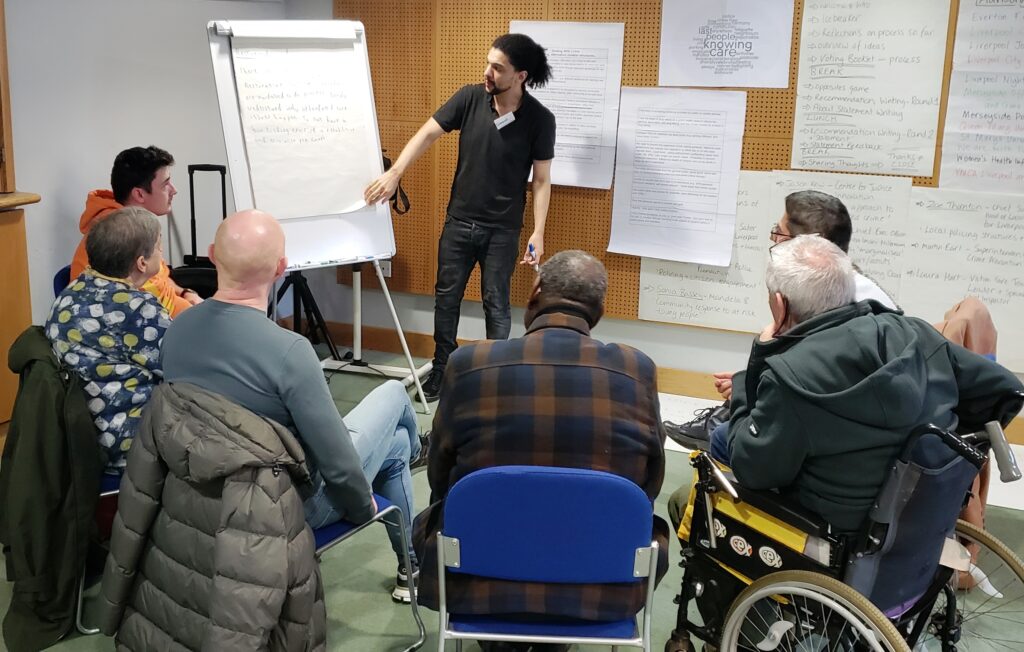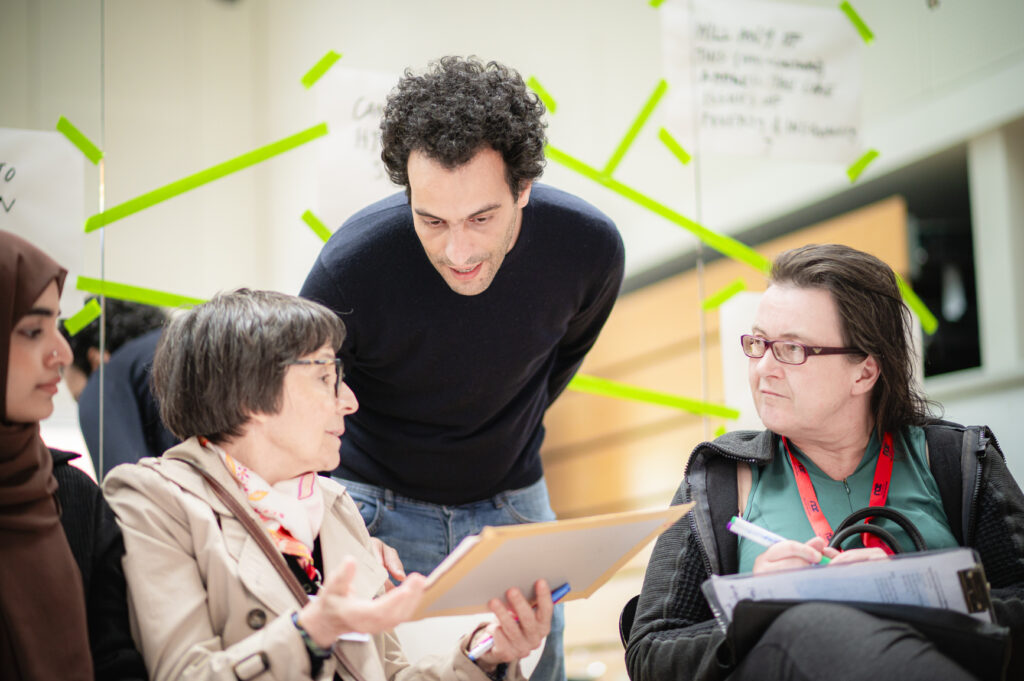Enjoy this article?
Most Museums Journal content is only available to members. Join the MA to get full access to the latest thinking and trends from across the sector, case studies and best practice advice.
Last summer, thousands of Birmingham residents received an unusual letter: an invitation from Birmingham Museums Trust (BMT) to see whether they were interested in joining a group that would help shape the future of the city’s museums.
BMT was creating what is called a “citizens’ jury” (there are also citizens’ assemblies, which are for larger groups). The concept is gaining increased traction in the UK, as organisations look for innovative ways to make sure that museums develop in a way that truly reflects local people’s needs and aspirations.
Museums have been trying to do this for some time through a variety of approaches, but it is felt that citizens’ juries are a way of engaging with people in a deeper and more meaningful way.
The concept has often been used outside the sector, including in Ireland, where citizens’ assemblies addressed abortion and same-sex marriage, both of which were prohibited by the constitution.
The witnesses that took part in the process, particularly those speaking from lived experience, enabled the assemblies to change hearts and minds on these issues.

Broadly speaking, group members are chosen by thousands of letters being sent to randomly chosen people on the electoral register. From these, a group of 25 or 30 people who match the museum catchment’s demographic as closely as possible is invited to take part.
Those chosen, participate in 25 or 30 hours of deliberation spread over three or four months. They hear from informed witnesses, initially chosen by the museum, but then selected to address questions raised by jury members.
In the end, they make recommendations to the oversight group, which is set up at the start with a wide range of stakeholders to ensure that the jury’s issues are addressed and that their recommendations are enacted.
Mark O’Neill, the former director of Glasgow Museums and an adviser to BMT, thinks citizens’ juries are a useful concept for the sector.
“A great deal of museum engagement – including creative, consultative and co-production work – is with culturally specific groups or communities of interest,” he says.
“This is not an adequate procedure to address complex, entangled histories in a polarised society, as museums are responsible not only for portraying history accurately but maximising reflective responses and minimising deflective and alienated reactions in the interests of promoting a strong civic culture.
“The only way to achieve this is in-depth engagement with a representative cross-section of the whole population. Citizens’ juries provide this opportunity.”
So how is BMT’s citizens’ jury shaping up? “All of us present at the first session agreed that it felt like ‘Birmingham was in the room’,” says Sara Wajid, the co-chief executive at BMT.
“It was quite moving to see the range of people from all walks of life enter the room as complete strangers, and over the course of the day, build connections and work together and listen and challenge each other respectfully.
“I’m a veteran of museum community engagement projects and while this forum shared some of the characteristics of classic community engagement, it’s also structurally different. The difference lies in the process of deliberative democracy; the conversation is the outcome.”

New Art Exchange has also created a citizens’ assembly. Chief executive Saad Eddine Said wrote on the Nottingham organisation’s website: “As a migrant in the UK, I was often confronted with questions that are centred around who gets to make decisions and who doesn’t.
“I found myself in environments where I felt that I had no power to shape any matter that impacted me and my surroundings. My voice was absent and my participation seemed inconsequential, creating a profound sense of exclusion and invisibility.”
“This experience became a catalyst for my commitment to ensure that every individual, regardless of their background, has a seat at the table and a voice in the conversations that shape our communities and futures.
It is this insight and understanding that led us, two years ago, to articulate an ambition to become a national and international blueprint for citizen-led cultural institutions worldwide.”
Despite the positives, O’Neill sounds a note of caution about the concept. “They are not a panacea or a procedure that automatically produces breakthrough results,” he says.
“Two recent juries held by German museums produced bland recommendations for improvements which were simply good practice (more welcoming, more things for families, more interactivity etc).
“The host museum has to be willing to raise issues of contentious heritage in the knowledge that they will be held to account for how they are addressed based on the citizens’ jury’s recommendations.”
Most Museums Journal content is only available to members. Join the MA to get full access to the latest thinking and trends from across the sector, case studies and best practice advice.